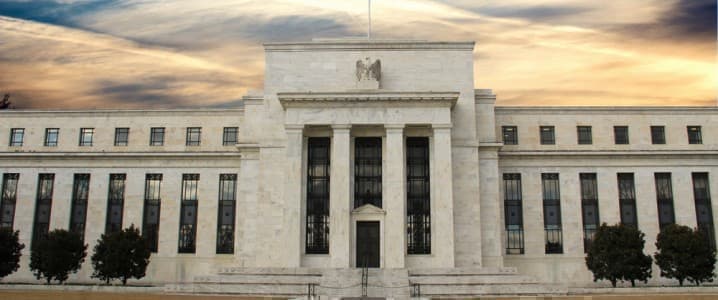Markets are in the thick of a busy week for central banks with decisions from the US Federal Reserve and Bank of England still to come after the Bank of Japan ended its experiment with negative interest rates.
The Japanese central bank hiked rates for the first time in 18 years, bringing its key rate to 0.1 per cent. It also ended its policy of yield curve control.
The widely anticipated decision was made following substantial salary increases obtained by employees at several of Japan’s leading firms, marking the largest pay rise since 1991.
Despite the increase, traders think this is not the beginning of a prolonged hiking cycle.
“The BoJ’s confidence in a return to sustained inflation, supported by a revival of wage growth, has paved the path to end negative interest rates after eight years,” Ben Powell, chief APAC investment strategist at the BlackRock Investment Institute, said.
“But after this hard-won return to inflation, we think the BoJ is unlikely to now sabotage this progress by aggressively tightening policy – a point Governor Ueda reinforced at the press conference,” he said.
The rest of the week is unlikely to be as dramatic. The Fed will reveal its latest decision on Wednesday before the Bank of England’s announcement on Thursday.
Both central banks are all but certain to leave rates on hold, but there are still subplots that investors will be paying close attention to.
The Fed’s announcement will also include the latest Summary of Economics Projections, the so-called ‘Dot Plot’ charts, which show how policymakers expect economic conditions to develop.
Inflation has beaten expectations for two consecutive months, raising the prospect that inflation might settle nearer three per cent than two per cent.
The latest forecasts are expected to show higher growth and inflation for 2024, which might change the number of rate cuts policymakers expect this year.
In December, the forecasts suggested that there would be 75bps of cuts in 2024.
Michael Brown, senior research strategist at Pepperstone, said that the projections would be the most important aspect of the decision.
Markets will focus on “whether recent hotter-than-expected inflation figures are enough to see a modest upward revision to the PCE/core PCE forecasts and, of course, whether the updated ‘dot plot’ comes with any revisions to the December iteration,” he said.
Looking at when the Fed might start cutting rates, markets are torn between June and August. However, analysts at Capital Economics said: “We don’t expect officials to provide a strong steer” in this week’s meeting.
The Bank of England is also projected to hold interest rates for a fifth consecutive meeting on Thursday.
“The decision itself looks likely to be straightforward,” Sandra Horsfield, UK economist at Investec, noted.
February’s decision was a three-way split, with two members of the nine-strong Monetary Policy Committee (MPC) voting for a further hike and one for a rate cut. Investors will be paying close attention to whether any of the MPC’s hawkish outliers will turn to a hold.
Given recent data releases have been broadly in line with the Bank’s most recent forecasts, it is unlikely to give any further guidance on when it might start reducing interest rates.
“The Bank of England will re-emphasise the need to see more data before committing to rate cuts and will highlight the risks of still-elevated wage and services inflation,” Shaan Raithatha, senior economist at Vanguard Europe said.
“‘Not yet’ is the key phrase that unites the message of the Bank of England, the Federal Reserve and the ECB at present,” Horsfield said.
By CityAM
More Top Reads From Oilprice.com:
- The U.S. Is Betting Big on Small Nuclear Reactors
- Developed Economies Could Stagnate As Fossil Fuels Reach Their Limits
- Bitcoin Continues To Sink Despite Bullish Bets by Big Banks


















